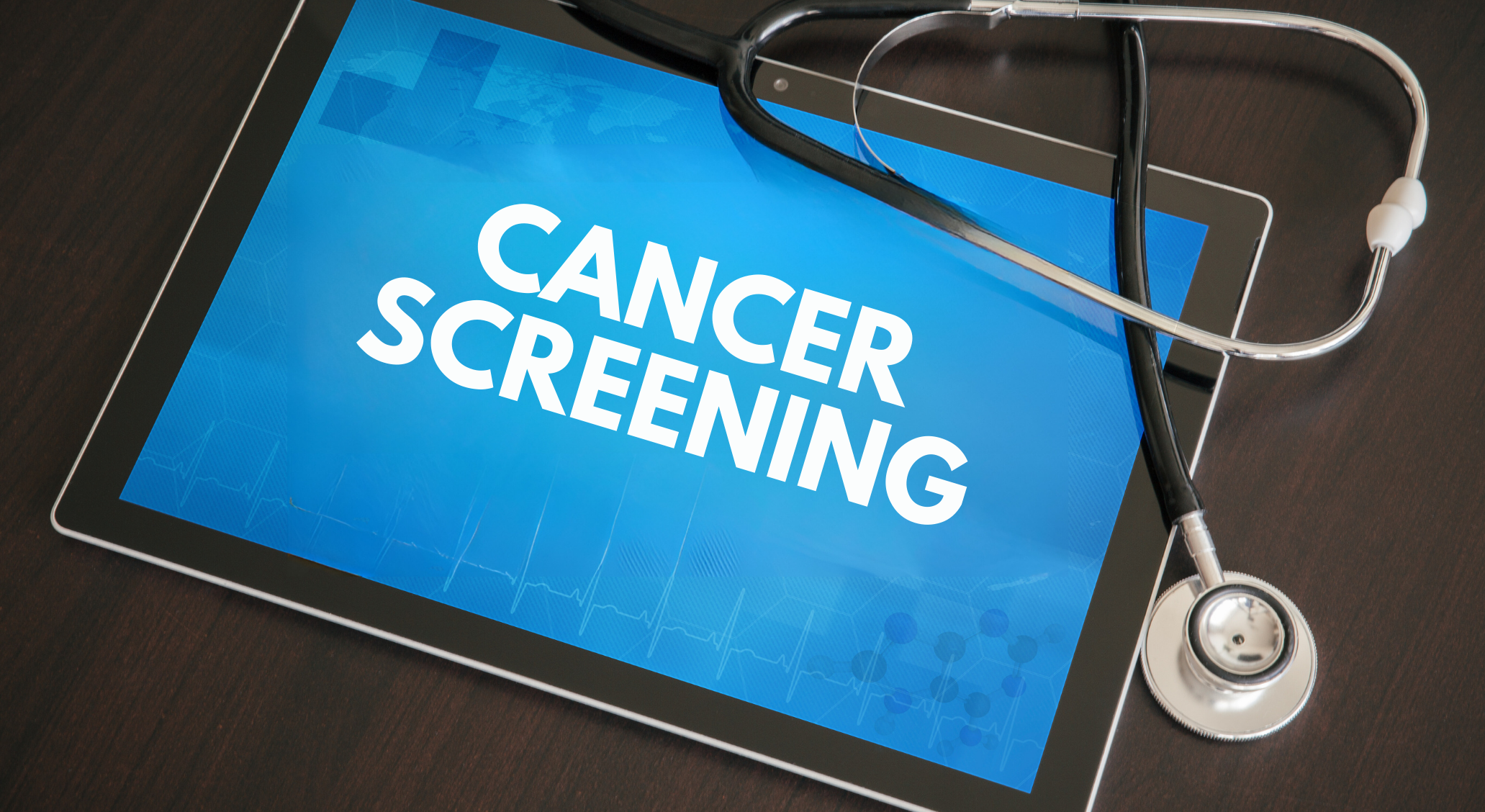The latest data from Discovery Health Medical Scheme (DHMS) shows an improvement in cancer screening rates following the dip from 2020 to 2022 during the Covid-19 period. The data also shows a 7.76% increase in members claiming for cancer treatment and maintenance therapy between 1 January and 31 October 2023 compared to the same period in 2022.
DHMS paid out more than R3.2 billion for cancer treatment and maintenance therapy between January and October 2023, with 0.11% of members (58 members) having claims of more than R1 million paid out. The highest cancer-related pay-out in 2023 was R1.8m for a patient with multiple myeloma, said Dr Noluthando Nematswerani, Discovery Health’s chief clinical officer.
Between January and October 2022, DHMS paid out R2.7bn in claims for cancer treatment and maintenance therapy, with 0.05% (25 members) having claims of more than R1m paid out.
DHMS recorded the following increases by type of cancer diagnosed between January and October 2023 compared to the same period in 2022:
- breast cancer: a 2.7% increase (1 843 members in 2023 compared to 1 795 members in 2022);
- cervical cancer: 17% (122 in 2023 compared to 104 in 2022);
- prostate cancer: 8.6% (1 972 in 2023 compared to 1 815 in 2022); and
- colorectal cancer: 1.8% (784 in 2023 compared to 770 in 2022).
The age range of DHMS members claiming for cancer treatments between January and October 2023 was 23 to 98 years old (breast cancer), 25 to 82 years old (cervical cancer), 19 to 96 years old (prostate cancer), and 17 to 94 years old (colorectal cancer).
Screening rates by type of cancer
For the most part, screening rates among DHMS members have returned to pre-pandemic levels. Shirley Collie, Discovery Health’s chief research actuary, provided a breakdown of the screening trends among the four most prevalent cancers.
Breast cancer is the most common cancer among DHMS members. From 2019 to 2020, the first year of Covid-19, breast cancer screening rates decreased by 19.3%. There was a slight increase in screening rates from 2020 to 2021. By 2023, screening rates exceeded 2019 rates by 8.1%, with 367.7 screens completed per 1 000 eligible person years.
Prostate cancer is the second most common cancer among DHMS members in general and the most common cancer among male members. Prostate screening rates also fell during the first year of the pandemic, dropping by 10.7% between 2019 and 2020. There was some recovery in screening rates in 2021 to 637.6 screens per 1 000 eligible person years – 10.4% higher than pre-pandemic levels.
Colorectal cancer, the third most prevalent cancer among DHMS members, showed a decrease in screening rates of 15.2% from 2019 to 2020. Colorectal cancer screening rates have recovered to above pre-Covid-19 levels, with a 24.4% increase in 2023 compared to 2019. But this percentage is still low relative to the global screening rate of above 45%.
By the end of September 2023, 787 405 eligible lives had not had a colorectal screening, equivalent to 964 missed screens per 1 000 eligible lives. “It’s important to note that this is the latest screening intervention introduced by DHMS, which is why this figure is still quite low. However, globally the colorectal screening is just not as highly considered by individuals as other screenings,” Collie said.
A steady decrease in screenings for cervical cancer, namely Pap smears and the human papilloma virus (HPV) test, was noted from 2016 to 2019. In 2020, screening rate for cervical cancer decreased by 20% compared to the previous year. Screenings improved between 2021 and 2023, but rates are still not back up to pre-pandemic levels. The screening rate increased by 13.8% from 2020 to 2023, with 512 per 1 000 eligible lives completing a screening in 2023.
Early diagnosis, higher survival rate
Data from the Discovery Vitality HealthyFutures model and from the United States-based Surveillance, Epidemiology, and End Results Program show that, on average, someone diagnosed with early-stage breast cancer has a 2.3 times higher likelihood of survival for five years, or a 96% five-year survival rate, Dr Nematswerani said.
On the other hand, there is a 41% five-year survival rate for those diagnosed with late-stage breast cancers. At age 40, diagnosing breast cancer at an early stage improves life expectancy by 22 years, compared to stage 3 and 4 cancer diagnoses.
“Similarly, a person diagnosed with early-stage prostate cancer has more than a three times higher five-year survival rate (99%) than someone diagnosed at a late stage (31% five-year survival rate). And for someone aged 40, detecting this sort of cancer at an early stage improves life expectancy by 35 years,” she said.
People diagnosed with early-stage colorectal cancer have a 93% five-year survival rate, compared to 25% for late-stage colorectal cancer. For a 40-year-old, catching this cancer at an early stage improves life expectancy by 22 years.
“It is encouraging to note that there is evidence which shows that early-stage cancers are more easily and successfully treated than late-stage cancers. The earlier you catch cancer, the better your outcomes. With this in mind, regular cancer screening is lifesaving,” Dr Nematswerani said.



